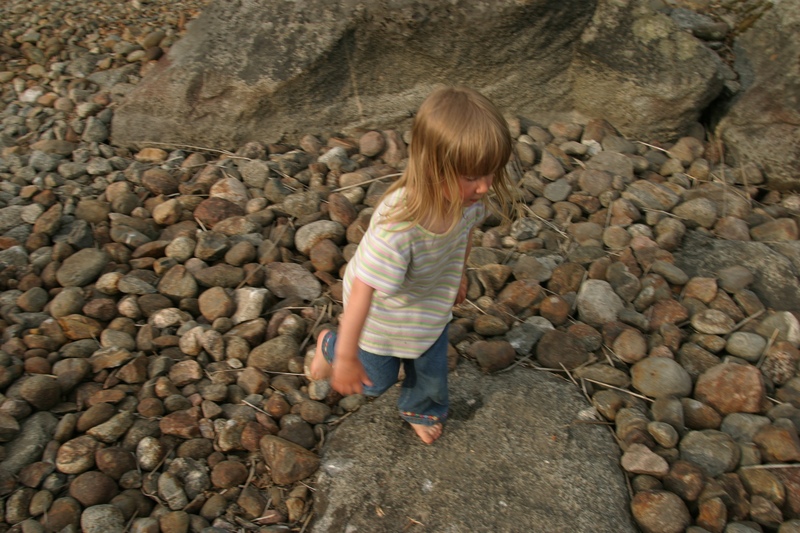Thinking Aloud Allowed
Have you ever found pieces from two different jigsaw puzzles that actually fit together, one a blue piece of a geometric design and one a scrap of sky from an entirely different puzzle box, yet surprisingly an appropriate “match”? Two posts from separate feeds in my Google Reader today interlock for me into a new idea. One was from the New York Times, a post about today’s young parents and the need for them to turn off their cell phones, iPods, and Blackberries and just talk to the stroller set. Nothing in that post was new to me, but it got me thinking about thinking out loud and its importance for learning. The other post was elementary teacher Brian Crosby’s post about allowing students time to process what they have done and learned, even (especially?) when the learning is project-based. Whether toddlers, elementary kids, or even adults, we need time to think out loud about what we have done. Those around us understand us better and learn from us when we do. Young ones grasp our language to build their own language of understanding. Peers and elders appreciate what we have done when we can stop and explain it.We find our own meaning better when we do it out loud.
But the world does not like to grant time for thinking aloud. Brian Crosby bemoans the fact that end-of-day recap time has slipped away in his classroom. Most of us who take the world with us via iPhone or Blackberry use that once-precious think-back time to check email now.
Maybe we need an app for that. I’d like a “thinking aloud allowed” app that lets me record my thoughts aloud at the same time that it blocks email with autoreplies telling others that this is my time for thinking, so go away. The same app would turn OFF young parents’ iPhones, etc. until they had conversed about red stop signs, sidewalk cracks, and at least twenty-five other topics with their stroller-bound munchkins. How could the app help Brian’s students? Maybe it could ask them to record their reflections, prompting and saving their comments so they could store them up like Bandaid box treasures (do you remember metal Band-Aid boxes and their treasure-holding capacity?).
the app help Brian’s students? Maybe it could ask them to record their reflections, prompting and saving their comments so they could store them up like Bandaid box treasures (do you remember metal Band-Aid boxes and their treasure-holding capacity?).
No one would make money on this app, but they would make learners and thinkers. Thinking aloud allowed. There’s an app for that.










